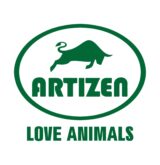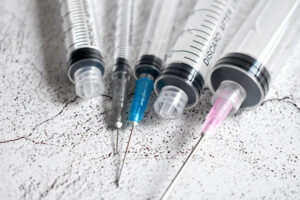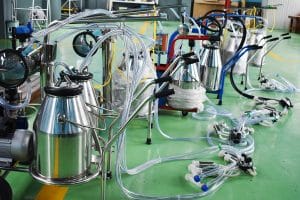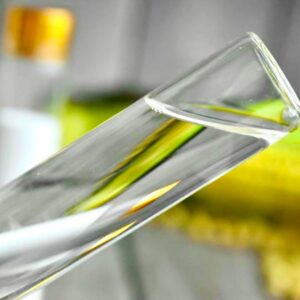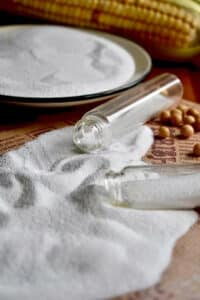
We all know that a cow’s health depends on good forage and good care from pasture managers. The gastrointestinal system of a cow plays an important role in the healthy development of a cow. How to keep the safety and health of the cow stomach is a work that must be paid attention to and done well. The cow stomach magnet has become an important tool for cleaning the cow stomach. Here’s a look at the main functions of a cow’s stomach and how long it lasts.
Cattle have four stomachs, namely rumen, reticulum, omasum, abomasum (true stomach, glandular stomach).
Rumen:
The food is mainly decomposed and digested initially, then reversely vomited to the mouth and chewed again, mixed with saliva and re-swallowed into the rumen. When the food is thoroughly chewed, it enters the omasum through the reticulum stomach.
(1) The rumen occupies about 80% of the gastric volume.
(2) Rumen is equivalent to a natural fermenter, which contains bacteria, methanogens, fungi, protozoa and a small amount of ciliates and other microorganisms. When food enters the rumen, the microbial community will decompose and digest it preliminarily, and then the food goes back to the mouth for chewing again after reversevomiting, and is mixed with saliva and swallowed again into the rumen. Wait until the food is thoroughly chewed, through the reticulum into the omasum.
Reticulum:
The main filter is mixed in the food nails, wire and other sundries.
(1) Reticulum occupies about 5% of the gastric volume.
(2) The main function of reticulum is to filter out impurities (such as nails and wires) mixed in food and keep them in reticulum to avoid impurities entering omasum.
Omasum:
The food is further ground and the thinner portion is fed into the abomasum.
(1) The omasum occupies about 7% of the gastric volume.
(2) The main function of the omasum is to continue to crush and grind the food, and then send the dilute part of the food into the abomasum, while absorbing a large amount of water and acid.
Abomasum:
The stomach has digestive glands that secrete stomach acid and digestive enzymes to digest fats and proteins in food.
(1) The abomasum occupies about 8% of the gastric volume.
(2) The abomasum has digestive glands, which can secrete gastric acid and digestive enzymes, digest proteins and fats in food, and rumen microorganisms that enter the abomasum with chyme.
How long is the life span of cattle/cow
- The life span of cattle is about 15-30 years, but in general, few cattle die of natural causes, so it is difficult for cattle to survive to the normal life age.
2. If it is beef cattle, after reaching the market standard, it will be sold. For example, it takes about 12 months to breed a 150kg foreign calf and sell it to 750kg. It takes 10 to 15 months to grow a 150kg domestic beef calf to 400kg. It takes about 12-18 months to grow a 75kg domestic calf to 250kg.
3. If it is a cow, its life span generally will not exceed 10 years, because the peak of milk production of cows is 3-8 years old, and their utilization time is only about 7 years. After the utilization cycle is exceeded, they will be eliminated and disposed of.
4, If it is cattle and buffalo and other draft cattle, its life is relatively long. The life span of cattle is generally about 12-15 years, and that of buffalo is about 15-18 years.
